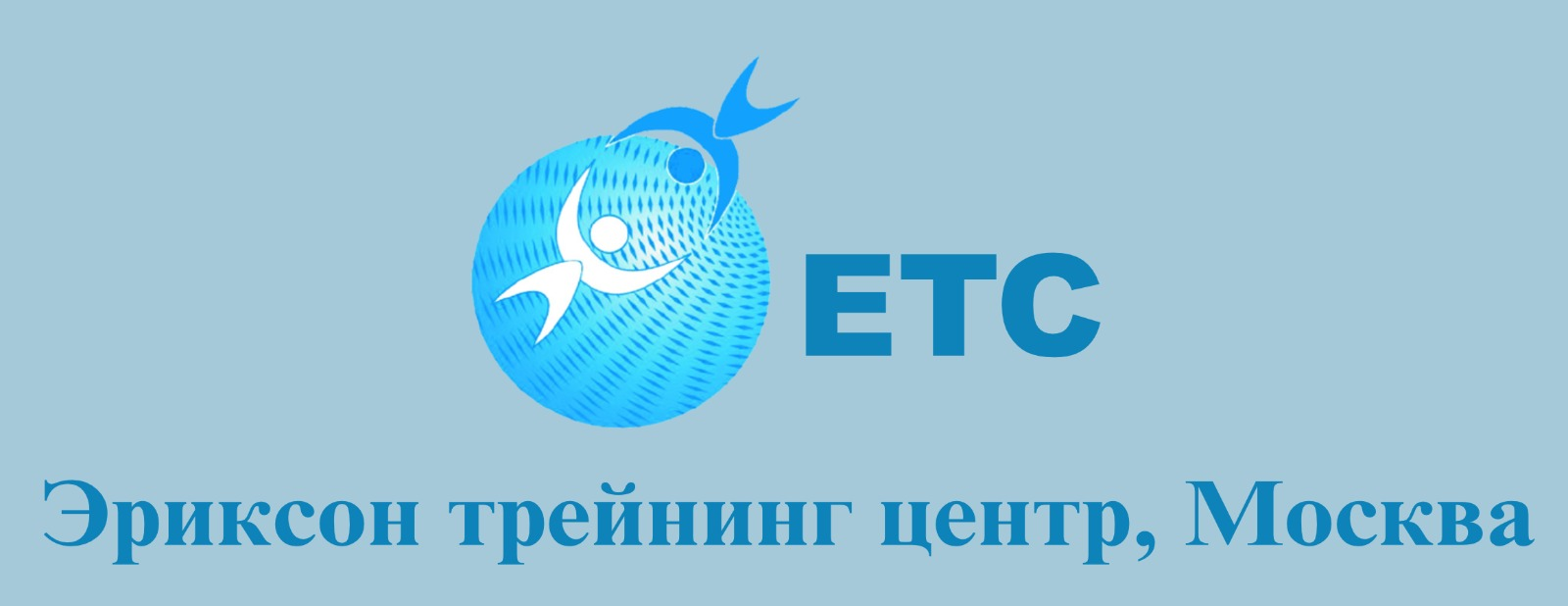| Свойства радиосети LTE | LTE Radio Network Functionality | |
| Назначение Этот курс позволит более полно и детально понять и функции и возможности Ericsson E-UTRAN | Description This course will give full and detailed understanding of the Ericsson E-UTRAN features and functionalities | |
| Содержание По окончании этого курса, слушатели смогут: - Объяснять логическую архитектуру E-UTRAN и функции радио интерфейса
- Описывать цели и работу функции Idle Mode Behavior
- Объяснять цели и работу функции Radio Connection Supervision
- Объяснять, как RBS определяет состояние синхронизации по алгоритму мониторинга радиоканала.
- Объяснять цели и работу функций Power Control, Link Adaptation and Scheduling
- Объяснять контроль мощности алгоритма открытой петли
- Конфигурировать мощность общих каналов
- Объяснять контроль мощности восходящего канала для PUSCH и PUCCH
- Объяснять влияние TDD
- Объяснять влияние MIMO
- Объяснять цели и работу функции Capacity Management
- Объяснять взаимодействие между MSR и различными алгоритмами
- Объяснять статические и динамические MSRs
- Объяснять алгоритм контроля доступа
- Объяснять алгоритм управления перегрузками
- Объяснять взаимодействие с QoS
- Объяснять цели и работу функций Intra-LTE Mobility, Inter-Radio Access Technologies (IRAT) Mobility and IRAT and Inter Frequency Session Continuity
- Объяснять хэндовер в LTE
- Объяснять взаимодействие с GRAN
- Объяснять взаимодействие с UTRAN
- Объяснять взаимодействие с CDMA2000
- Объяснять задачу алгоритма оценки хэндовера и наилучшей соты
- Объяснять цели и работу функции Automated Neighbor Relations
| Learning objectives On completion of this course the participants will be able to: - Explain the logical architecture of E-UTRAN and introduce Radio Functionality
- Describe the purpose and function of Idle Mode Behavior
- Explain the purpose and function of Radio Connection Supervision
- Explain how in-synch and out-of-synch is determined by the radio link monitoring algorithm in the RBS
- Describe the purpose and use of the function Power Control, Link Adaptation and Scheduling
- Explain open loop power control for initial access
- Configure the power of common channels
- Explain uplink power control for PUSCH and PUCCH
- Explain the impact of TDD
- Explain the impact of MIMO
- Describe the purpose and function of the Capacity Management
- Describe the interaction between the Monitored System Resources (MSRs) and the different algorithms
- Explain the static and dynamic MSRs
- Explain Admission Control
- Explain Congestion Control
- Explain the interaction with QoS
- Explain the purpose and function of Intra-LTE Mobility, Inter-Radio Access Technologies (IRAT) Mobility and IRAT and Inter Frequency Session Continuity
- Explain Intra LTE Handover
- Describe the interworking with GRAN
- Describe the interworking with UTRAN
- Describe the interaction with CDMA2000
- Describe the purpose of the handover evaluation algorithm and Best Cell Evaluation
- Explain the purpose and function of Automated Neighbor Relations (ANR)
|
| Целевая аудитория Курс предназначен для проектировщиков сетей, инженеров-проектировщиков, системных инженеров | Target audience Service Design Engineers and Network Design Engineers | |
| Предварительные требования: Курсы: LTE System Survey, LTE Air Interface, LTE Protocols and Procedures | Prerequisites LTE System Survey, LTE Air Interface, LTE Protocols and Procedures | |
| Продолжительность Длительность курса – 4 дня | Duration The length of the course is 4 days | |
| Способ обучения Этот курс основан на теоретических лекциях упражнениях, проводимых в аудиториях | Learning situation This course is based on theoretical instructor-led lessons and exercises given in a classroom environment | |

